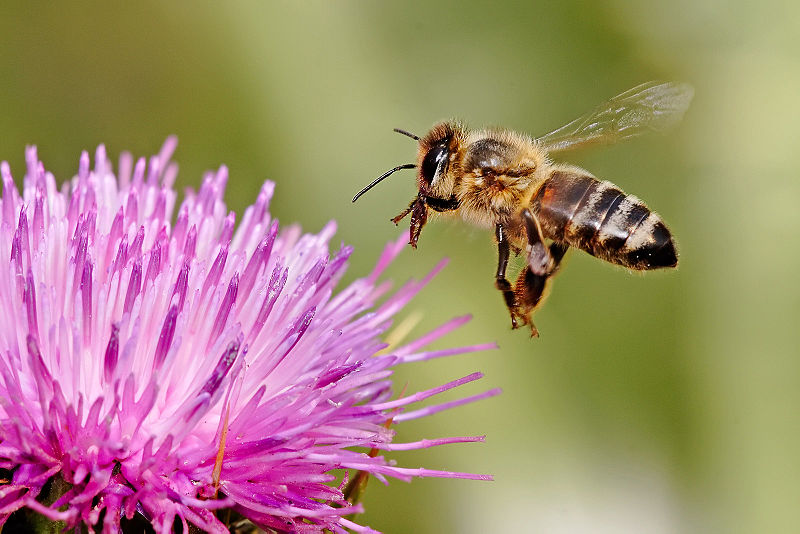Division of labor to maximize fitness is a phenomenon seen in several insects of the order Hymenoptera, including bees, ants and wasps. The extraordinary system entails a single queen responsible solely for reproduction; and the rest for all other tasks; building the nest, protecting against predators, gathering food. The queen ensures authority over reproduction by releasing pheromones that render the worker females sterile, a fascinating fact known for a long time.
The true identify and nature of these pheromones, however, has remained largely elusive, till the recent publication of a new study in Science. Through their work, Oystaeyen et al. (2014) have identified for the first time a conserved class of chemicals that are used to induce sterility in worker population of bumblebees, desert ants and wasps.
The study started with a simple question-is a conserved compound responsible for worker sterility in multiple Eusocial species? The suspect was long-chain hydrocarbons, shown previously to act as pheromones in one species of ants. To answer this question, Oystaeyen et al. used gas chromatography mass spectrometry to identify various chemicals on the cuticles of queens and workers and used deductive reasoning to identify chemicals unique to queens. Synthetic versions of these were used to test the chemical’s effects on worker ovary development in the absence of the queen. In addition, previous data from 64 other eusocial insects was synthesized. The conclusion-in three species, the bumblebee, the desert ant and the common wasp-saturated hydrocarbons are indeed responsible for worker sterility.
This finding sheds light on the evolution of eusocial species. Turns out these hydrocarbons are also used to attract mates in some species and thus it is proposed that their primary objective was in fact to attract a mate and not to suppress worker sexual development.
It will be interesting to look out for studies that identify more of these chemicals used for sexual selection in these species.
Reference:
Oystaeyen et al. (2014) Conserved class of queen pheromones stops social insect workers from reproducing. Science. 343 (6168): 287-290.
